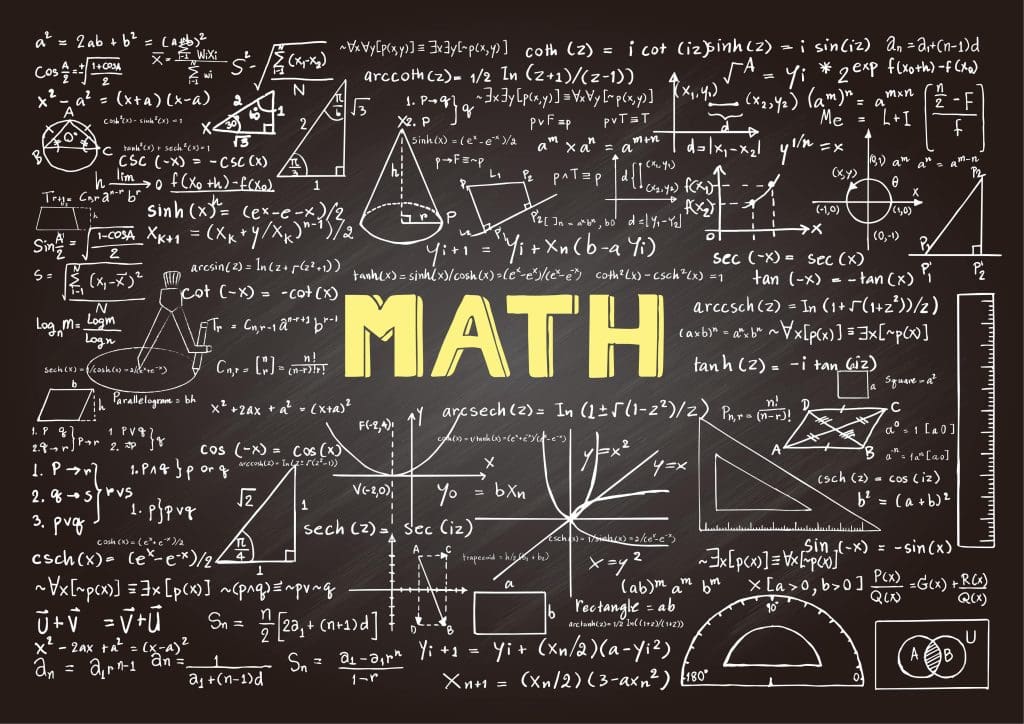Mridul Batra, School Leader, Prakriti School

Mathematics is abstract Period.
Teachers around the world find unique and innovative ways to make it real as long as they can, using concrete objects, objects that they use – pens, boxes, apples, oranges, counters, sticks, and whatnot. This mostly lasts well till Grade 3 (age 8) and beyond that, we teachers are slowly pushed to accept the abstractness of it until finally it gets to upper secondary level where math teaching quite often resembles handing out algorithms – something that we don’t like doing! Imagine how long you can force fit examples from real life to teach negative numbers and operations on negative numbers.
We find solace first in talking about basement floors, elevators, and temperature scales. Some more thought and you can bring in borrowing chocolates from friends to explain the negative balance of chocolates you now have!
And eventually, it’s about telling and knowing that a negative 2 times negative 3 is indeed a positive 6 and so on and so forth.
Or, for that matter calculus. I once addressed an IGCSE class telling them that their relationship with a teacher can be imagined as a “functional” relationship and their outcomes in exams (y) may be directly related to effort put in by the teacher (x). Make an equation and tell me, what will be the impact of a unit change in teacher’s effort to a change in your marks!! – I can’t believe I did this!
So on one hand, teachers are trying hard to bring reality into the subject; the purists are warning us of situations and generalizations that some of these real situations don’t fit so well in the world of mathematics.
One such example is teaching multiplication as repeated addition in primary grades. My colleague at Prakriti & author of one such post makes a well-reasoned argument that multiplication is not the same as repeated addition by claiming that one adds numbers of the same unit and one multiplies numbers that may belong to different units.
In their words:
Total amount of water {in 4 buckets if each bucket can hold 15 liters of water}
= 15 L of water + 15 L of water + 15 L of water + 15 L of water = 60 liters of water
{ when looked at as an addition problem }.
And the total amount of water
= 15 L of water per bucket x 4 such buckets = 60 L of water { when looked at as a multiplication problem }.
Indeed. Agreed.
However, this is where abstraction in mathematics comes in. When we are asking students to repeatedly add objects like beads, counters, sticks, etc., in the classroom, it all stays real.
When we start scaling the problems out and start imagining if a bucket held 15 liters of water, then how much water will be held by 100 buckets, we are already entering into the inescapable realm of abstraction.
Multiplication is an abstraction of real-life addition of objects
and like everything in mathematics finds its application in abstract ways. In fact, representing quantity “two” by writing the English language symbol of “2” as early as Grade I, is indeed already welcoming the abstraction in the 6-year-old’s classroom. And that is where the beauty of mathematics lies. It allows us an imagination of the world that is beyond the immediate reaches of our cognitive imagination, at first.
I would also like to argue that multiplication as repeated addition holds its ground even when we extend it to decimals, unlike in the post I refer to above. 0.5 x 4 is explained as 4 added half times. Since there is nothing like “half times” in reality, we can at least settle by saying that we are only going halfway when counting from 0 to 4 and hence half times 4 is 2 indeed. Similarly, 4 x 0.5 is 0.5 or half added 4 times and thus, 4 x 0.5 is 2 too. Similarly, if we look at 0.5 x 0.3, we can use the above logic of going halfway through 0.3 and that is 0.15; and turned the other way around, 0.3 x 0.5 is 0.5 added 3/10th times would mean dividing 0.5 by 10 first (.05) and going adding just the three parts, yielding: 0.05+0.05+0.05 or 0.15. Similarly, such arguments can be built for negative numbers.
Thus, one can safely postulate that multiplication is repeated addition along with the fact that its extensions into different areas of mathematics may not be within our cognitive imagination yet.
Otherwise, what use is Maths if it can’t add up half pizzas 4 times!
To sum it up, the trajectory of mathematics from palpable domain to intangible realm may appear challenging, yet it is through this very journey that our understanding of the subject attains fullness. Embracing abstraction is instrumental in unlocking the inherent potential of Maths and its applications vis à vis laying the groundwork for innovation and discovery.


